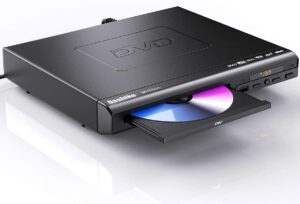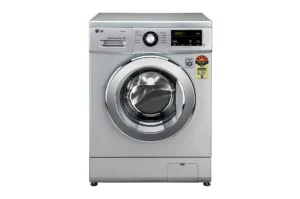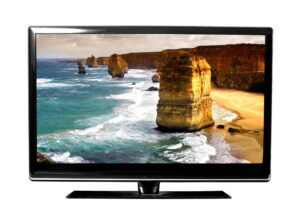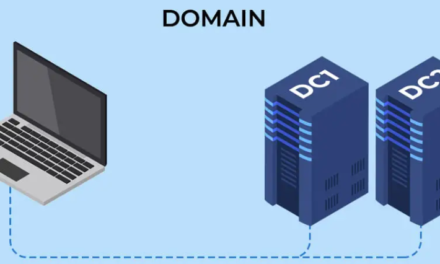CONSUMER ELECTRONICS
Consumer electronics refers to any electronic devices designed to be purchased and used by end users or consumers for daily and non-commercial/professional purposes. It includes a broad set of electronic devices that provide one or more functionalities at a home or for a particular individual. However, they also now incorporate mobile and computing devices, which can easily be carried by an individual outside the home, such as a cell phone, tablet or PC.
The following tips given by Pritish Kumar Halder about Consumer Electronics.

Connectivity with electronicsConsumer electronics include items, such as:
- Televisions
- DVD players
- Refrigerators
- Washing machines
- Computers
- Laptops
- Tablets

DVD player

washing machine

LED Television
Products

Laptop
Devices that are included for Entertainment- flatscreen TVs, television sets, MP3 players, video recorders, DVD players, radio receivers, etc.
Communications -telephones, cell phones, e-mail-capable personal computers, desktop computers, laptops, printers, paper shredders, etc.
Recreation- digital cameras, camcorders, video game consoles, ROM cartridges, remote control cars, Robot kits, etc.

Digital camera

Printer
Consideration of information technology
In the 2010s, most consumer electronics have become based on digital technologies. They have essentially merged with the computer industry in what is increasingly referred to as the deliberation of information technology. Some consumer electronics stores have also begun selling office and baby furniture. Consumer electronics stores may be “brick and mortar” physical retail stores, online stores, or combinations of both.
Product merge with industries
Increasingly consumer electronics products such as Digital distribution of video games have become based on the internet and digital technologies. The consumer electronics industry has primarily merged with the software industry in what is increasingly referred to as the consumerization of information technology.
Electronics for end users
Consumer electronics (CE) refers to any electronic devices designed to be purchased and used by end users or consumers for daily and non-commercial/professional purposes. Consumer electronics are among the most commonly used form of electronic, computing and communication devices.
Industries
The electronics industry, especially consumer electronics, emerged in the 20th century and has become a global industry worth billions of dollars. Contemporary society uses all manner of electronic devices built-in automated or semi-automated factories operated by the industry.
Manufacturing
Most consumer electronics are built in China, due to maintenance cost, availability of materials, quality, and speed as opposed to other countries such as the United States. Cities such as Shenzhen have become important production centers for the industry, attracting many consumer electronics companies such as Apple Inc.
Retailing
Electronics retailing is a significant part of the retail industry in many countries. In the United States, dedicated consumer electronics stores have mostly given way to big-box retailers such as Best Buy, the largest consumer electronics retailer in the country, although smaller dedicated stores include Apple Stores, and specialist stores that serve, for example, audiophiles and exceptions, such as the single-branch B&H Photo store in New York City.
High-end retailers
Broad-based retailers, such as Walmart and Target, also sell consumer electronics in many of their stores. In April 2014, retail e-commerce sales were the highest in the consumer electronic and computer categories as well. Some consumer electronics retailers offer extended warranties on products with programs such as Square Trade.
Trends
One reverse characteristic of consumer electronic products is the trend of ever-falling prices. This is driven by gains in manufacturing efficiency, automation and lower labor costs as manufacturing has moved to lower-wage countries, and improvements in semiconductor design. Semiconductor components is an observed principle which states that, for a given price, semiconductor functionality doubles every two years. There is a gradual shift towards e-commerce web-storefronts.
Electronic component
An electronic component is an essential discrete device or physical entity in an electronic system used to affect electrons or their associated fields. Electronic components are mostly industrial products, available in a singular form, and are not to be confused with electrical elements, conceptual removal representing idealized electronic module.
Software development
Consumer electronics such as personal computers use various types of software. Embedded software is used within some consumer electronics, such as mobile phones. This type of software may be submerged within the hardware of electronic devices such as camcorders and digital cameras, and third-party software for such devices also exists.
Standardization
Some consumer electronics adhere to protocols, such as connection protocols “to high-speed bi-directional signals”. In telecommunications, a communications protocol is a system of digital rules for data exchange within or between computers.
Health impact
Desktop monitors and laptops produce major physical health concerns for humans when bodies are forced into unhealthy and uncomfortable positions to see the screen better. Using electronics before going to bed makes it difficult for people to fall asleep. Sleeping less prevents people from performing their full potential physically and mentally and can also “increase rates of obesity and diabetes,” which are “long-term health consequences”. Obesity and diabetes are more commonly seen in students and in youth because they tend to be the ones using electronics the most.
Reference
https://www.techopedia.com/definition/757/consumer-electronics-ce











